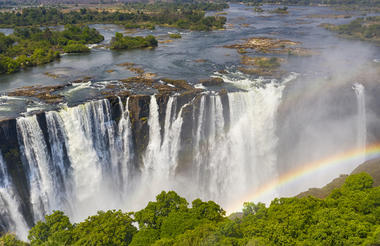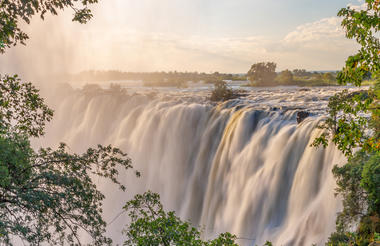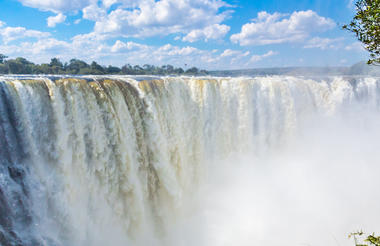Zimbabwe’s capital city is the country’s most cosmopolitan and contemporary destination, dotted with restaurants and bars, shops and markets. Its proud historical and cultural heritage is reflected in several well-preserved old buildings and informative museums, while its many parks and gardens provide a pleasant contrast to the bustling urban sectors. Located within easy reach of the city centre are the Mukuvisi Woodlands, comprising over 250 hectares of rich natural wilderness, while the magnificent Kopje – a rocky hill to the southwest of Harare – offers great views over the city. Other city highlights include the fascinating National Gallery of Zimbabwe, the abundant Zimbabwe Museum of Human Sciences, the Chapungu Sculpture Park, and the gorgeous National Botanic Garden, filled with a variety of rare African plants as well as exotic plants from around the world.
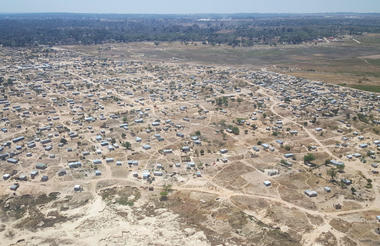
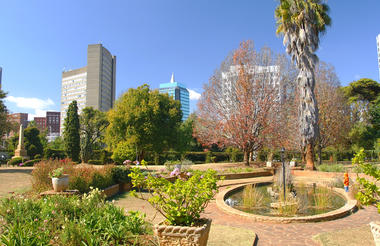
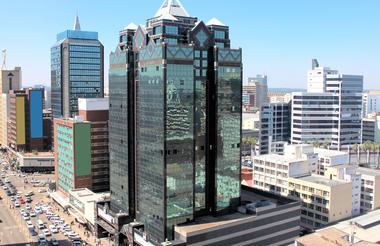
Bordering Mozambique in the southeastern lowveld of Zimbabwe, Gonarezhou, meaning ‘place of elephants’, is Zimbabwe’s second-largest national park and home to over 10 000 elephants. The Gonarezhou National Park extends across a vast area of floodplains, baobab-dotted scrubland, mopane woodland and pale orange sandstone cliffs. It is home to 4 of Africa’s ‘Big Five’ – elephant, leopard, lion and buffalo – as well as a multiplicity of other animal and bird species. Visitors can camp in an unfenced campsite for a truly close encounter with an array of spectacular wildlife including 140 species of mammal, at least 100 different reptile species and over 500 species of bird. Other highlights include: game viewing, bird watching, and viewing the beautiful Chilojo Cliffs towering over the scenic Runde River valley.



Located in western Zimbabwe, Hwange National Park (formerly Wankie Game Reserve) is the largest natural reserve in the country and is famous for its rich diversity of wildlife. The northern and western areas of the park are different - the northern area is encompassed by the Zambezi watershed, while the western part consists of grasslands, marshes, and scattered woodlands. The natural seeps such as Nehimba and Shakwanki, where animals dig for water, are particularly notable. The park is home to one of the biggest elephant populations in the world, as well as around 100 mammal species, and several protected animals including the endangered wild dog, critically endangered black rhino, and rare roan and sable. Around 500 bird species also inhabit the area. Visitors can look forward to bush hikes, game drives, and horse riding safaris.



Known locally as Mosi-oa-Tunya—“The Smoke That Thunders”—Victoria Falls is one of the world’s great natural landmarks. Straddling the Zambezi River between Zambia and Zimbabwe, it forms a vast curtain of water that fills the air with mist and sound. The Zimbabwean side grants the most dramatic views, where mist rises like ghostly curtains and rainbows arc through the spray. Measuring about 1,708 metres across, it is regarded as the largest single continuous sheet of falling water on Earth. The adjacent town of Victoria Falls provides a convenient base for exploring the region, with a wide range of activities from scenic flights and microlight trips to white-water rafting, bungee jumping, kayaking, and safaris into Chobe National Park.
